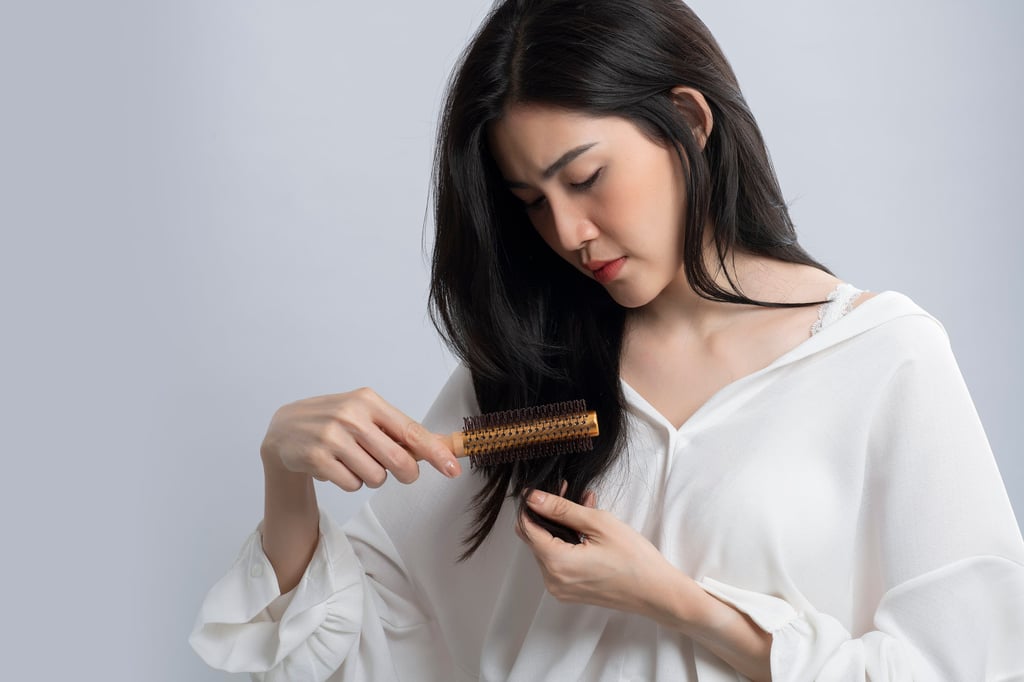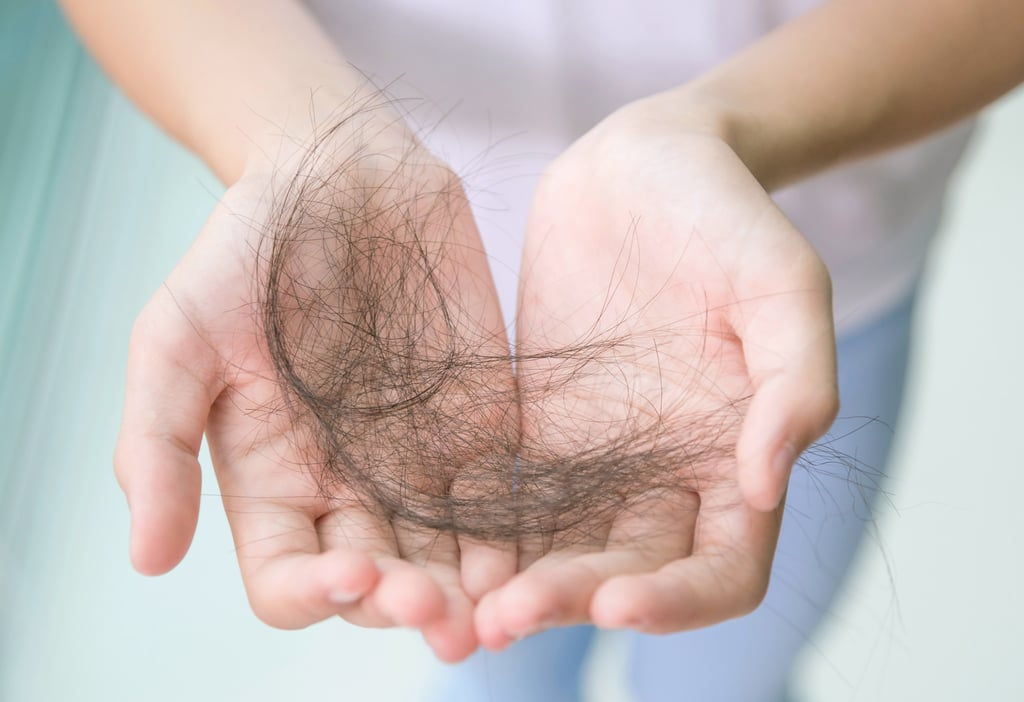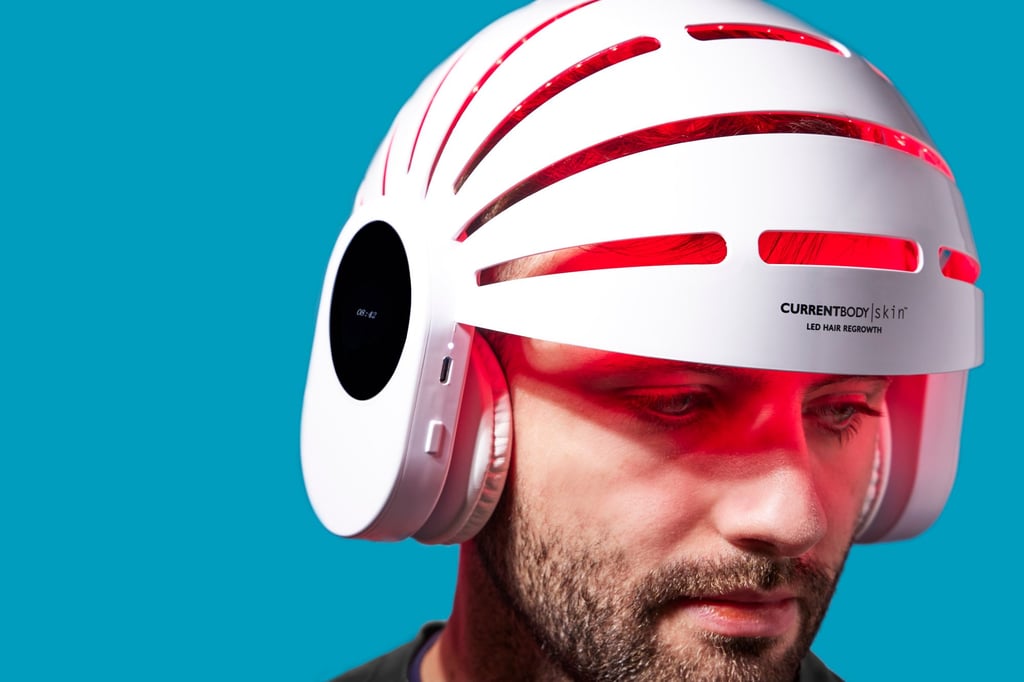How to treat hair loss with non-invasive technologies, from LED and low-level laser therapy (LLLT) to microneedling, which all boast less side effects and downtime, and can be performed at home

- Hair loss affects millions worldwide, leading to crown balding and receding hairlines in men, and hair thinning and widening of the midline in women
- It can be caused by genetics, hormonal changes, stress or medical conditions, and can impact one’s self-esteem; non-invasive treatments are gaining traction over medications, supplements and surgery
Hair loss affects millions worldwide and goes beyond cosmetic concerns; it also relates to one’s self-esteem and how we are perceived by others. It can be caused by genetics, hormonal changes, stress or medical conditions, and therapies to treat it have ranged from medications and supplements to surgical interventions, each carrying its own set of limitations and side effects.
However, the tide is turning towards a more modern approach: non-invasive technology methods.

In recent years, treatments such as microneedling and LED and laser therapy have emerged as superstars in the battle against hair loss, gaining popularity not just for their efficacy, but also for their ability to offer solutions without the need for surgical intervention or the long-term use of medications. The appeal of these treatments lies in their minimal downtime, reduced side effects and the convenience of at-home options alongside professional treatments.

Hair loss can stem from various sources. “As the most common cause of hair thinning for both men and women, pattern hair loss is a genetically driven condition that starves hair follicles of oxygen and essential nutrients. In women, this appears as overall thinning and widening of the midline. For men, it appears as crown balding and receding hairlines,” says Laurence Newman, CEO of CurrentBody, a company specialising in health and beauty technology devices for home use.
In response, traditional treatments have long been the cornerstone of hair loss management, with medications such as minoxidil, a topical solution, and finasteride, an oral prescription, widely used with varying degrees of success. However, the necessity for continuous use to maintain results, potential side effects, and the variable response among different people have led many to seek alternatives.

Among non-invasive treatments, light-emitting diode (LED) therapy stands out as a promising option, leveraging the power of light to rejuvenate and heal by using specific wavelengths of light to target skin and hair follicles to encourage hair growth. In exploring the landscape of treatments, a wide range of options are available, ranging from professional interventions to at-home solutions.
Among the latter, Solaris Laboratories NY’s LED Hair Growth Stimulating Brush, which uses a combination of red and blue LED lights, stands out as a market leader. “The red light is great for energising your hair cells, making your hair grow thicker and faster. It’s also handy for reducing hair breakage. And the blue light is all about keeping your scalp healthy and inflammation-free,” says Anthony Davis, Solaris Laboratories’ head trainer.
